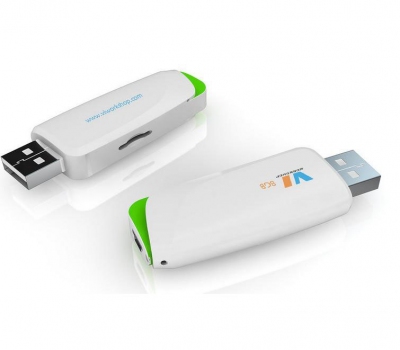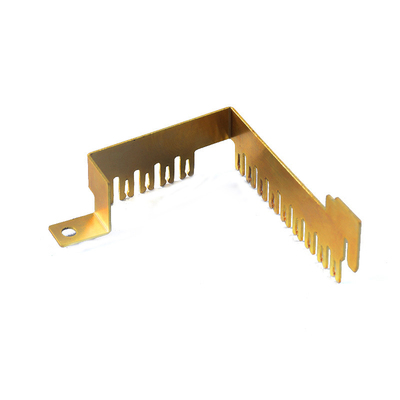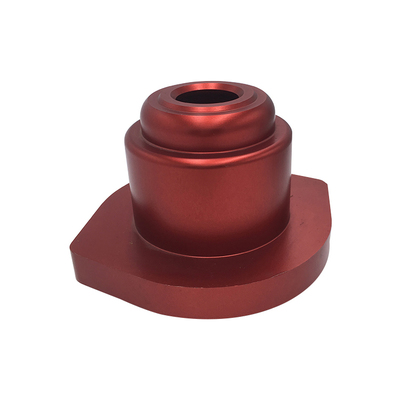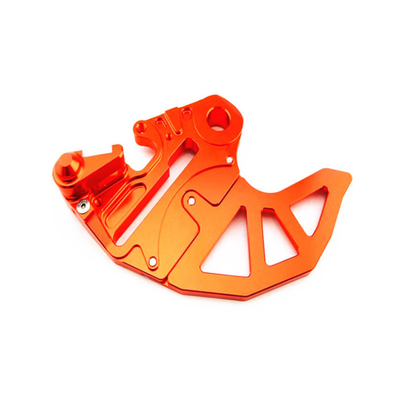How Long Does Anodizing Last?
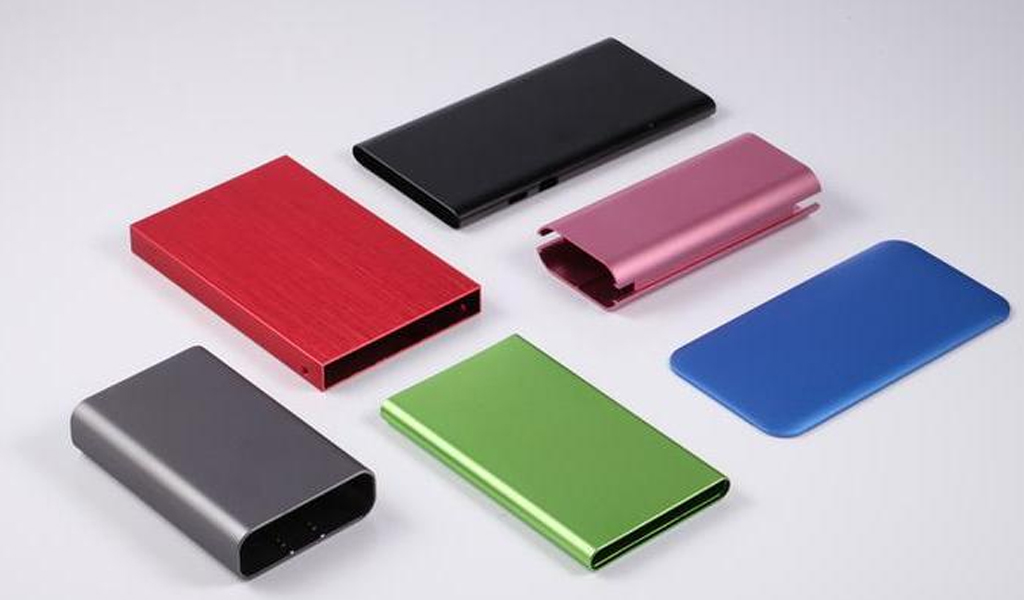
Anodizing is an electrochemical process used to increase the thickness of the natural oxide layer on the surface of metal parts, primarily aluminum. The anodized layer is typically much thicker than the naturally occurring oxide layer, offering enhanced corrosion resistance, wear resistance, and aesthetic appeal. Anodizing is widely used in various industries, including aerospace, automotive, construction, and consumer electronics. One of the critical considerations for applications involving anodized components is the longevity of the anodized finish. The durability of anodizing depends on several factors, including the type of anodizing, the quality of the anodized layer, environmental conditions, and maintenance practices.
Types of Anodizing
Type I: Chromic Acid Anodizing
Chromic acid anodizing (CAA), also known as Type I anodizing, involves the use of chromic acid as the electrolyte. This type of anodizing is known for producing a thin anodized layer, typically ranging from 0.5 to 18 micrometers in thickness. Type I anodizing is often used in aerospace applications due to its excellent corrosion resistance and minimal effect on the mechanical properties of the aluminum substrate.
Type II: Sulfuric Acid Anodizing
Sulfuric acid anodizing (SAA), or Type II anodizing, is the most common form of anodizing. It uses sulfuric acid as the electrolyte and can produce anodized layers ranging from 1.8 to 25 micrometers in thickness. Type II anodizing is favored for its balance of corrosion resistance, durability, and ability to be dyed in various colors. This type of anodizing is widely used in consumer products, architectural applications, and automotive parts.
Type III: Hard Anodizing
Hard anodizing, also known as Type III anodizing, involves the use of sulfuric acid or other electrolytes at lower temperatures and higher voltages. This process produces a much thicker and harder anodized layer, typically ranging from 25 to 150 micrometers. Type III anodizing offers superior wear resistance and is commonly used in applications requiring high durability, such as military equipment, industrial machinery, and heavy-duty automotive components.
Factors Influencing Anodizing Longevity
Thickness of the Anodized Layer
The thickness of the anodized layer is a crucial factor in determining the longevity of anodizing. Thicker anodized layers generally provide better protection against corrosion, abrasion, and wear. For example, Type III anodizing, with its thicker layer, tends to last longer in harsh environments compared to Type I and Type II anodizing. The thickness required for a particular application depends on the expected environmental conditions and the desired lifespan of the anodized component.
Quality of the Anodized Layer
The quality of the anodized layer is influenced by several factors, including the purity of the aluminum substrate, the cleanliness of the surface prior to anodizing, and the control of the anodizing process parameters. Impurities in the aluminum or contaminants on the surface can lead to defects in the anodized layer, reducing its durability. Precise control of the anodizing process, including temperature, voltage, and electrolyte concentration, is essential to achieve a high-quality, uniform anodized layer with optimal properties.
Environmental Conditions
Environmental conditions play a significant role in the longevity of anodizing. Exposure to harsh environments, such as marine or industrial settings, can accelerate the degradation of the anodized layer. Factors such as humidity, temperature fluctuations, UV radiation, and chemical exposure can impact the rate of corrosion and wear. Proper selection of the type of anodizing and appropriate thickness of the anodized layer can mitigate the effects of environmental conditions and extend the lifespan of anodized components.
Maintenance and Care
Regular maintenance and care can significantly influence the longevity of anodizing. Periodic cleaning to remove contaminants, such as dirt, salt, and chemicals, can prevent the buildup of corrosive substances on the anodized surface. Avoiding abrasive cleaning tools and harsh chemicals that can damage the anodized layer is essential. Additionally, protective coatings or sealants can be applied to enhance the durability of the anodized surface and provide additional resistance to environmental factors.
Case Studies on Anodizing Longevity
Aerospace Applications
In aerospace applications, anodizing is often used to protect aluminum components from corrosion and wear. The longevity of anodizing in these applications is critical due to the harsh operating conditions and the need for reliable performance over extended periods. Studies have shown that properly anodized aerospace components can last for several decades, even in challenging environments. For example, anodized aluminum parts used in aircraft structures have demonstrated excellent durability, with minimal signs of corrosion and wear after more than 20 years of service.
Architectural Applications
Anodizing is commonly used in architectural applications to provide a durable and aesthetically pleasing finish for aluminum building components. The longevity of anodizing in these applications depends on factors such as exposure to weather conditions, air pollution, and UV radiation. Case studies have shown that anodized aluminum facades and window frames can maintain their appearance and protective properties for 30 years or more with proper maintenance. Regular cleaning and periodic inspections are essential to ensure the continued performance of anodized architectural components.
Automotive Applications
In the automotive industry, anodizing is used for both functional and decorative purposes. Components such as wheels, trim pieces, and engine parts are often anodized to enhance their durability and appearance. The longevity of anodizing in automotive applications is influenced by factors such as exposure to road salt, temperature fluctuations, and mechanical wear. Studies have indicated that anodized aluminum wheels can retain their corrosion resistance and finish for up to 10 years or more, depending on the quality of the anodizing and the conditions of use. Proper cleaning and protective coatings can further extend the lifespan of anodized automotive components.
Advanced Anodizing Techniques
Plasma Electrolytic Oxidation
Plasma electrolytic oxidation (PEO), also known as micro-arc oxidation (MAO), is an advanced anodizing technique that produces a thicker and more robust oxide layer compared to traditional anodizing methods. PEO involves the use of high voltage and current to generate plasma discharges on the surface of the metal, resulting in a dense and wear-resistant oxide coating. The longevity of PEO coatings is superior to conventional anodizing, making it suitable for demanding applications in aerospace, automotive, and industrial sectors.
Sealing Processes
Sealing processes are often used to enhance the durability of anodized coatings by closing the pores in the anodized layer and reducing its susceptibility to corrosion and staining. Common sealing methods include hot water sealing, cold sealing, and chemical sealing. Hot water sealing involves immersing the anodized component in hot water to hydrate the oxide layer and close the pores. Cold sealing uses nickel fluoride or other chemicals to achieve a similar effect at lower temperatures. Chemical sealing involves the application of sealants that penetrate and seal the pores, providing additional protection. The choice of sealing method can impact the longevity of the anodized layer, with properly sealed coatings offering extended durability.
Nanostructured Anodizing
Nanostructured anodizing is a cutting-edge technique that involves the creation of nanoscale features on the anodized surface to enhance its properties. By controlling the anodizing process parameters, it is possible to produce nanoporous or nanocolumnar structures that offer improved corrosion resistance, mechanical strength, and functional properties. Nanostructured anodized coatings have shown promising results in extending the longevity of anodized components, particularly in applications requiring high performance and durability.
Conclusion
The longevity of anodizing is influenced by a combination of factors, including the type of anodizing, the thickness and quality of the anodized layer, environmental conditions, and maintenance practices. While traditional anodizing methods such as Type I, Type II, and Type III offer varying degrees of durability, advanced techniques like plasma electrolytic oxidation and nanostructured anodizing provide enhanced performance and extended lifespan. Proper selection of anodizing parameters, regular maintenance, and protective measures can ensure the long-term durability of anodized components across a wide range of applications. As technology advances and new anodizing methods are developed, the potential for even longer-lasting and more resilient anodized surfaces continues to grow.
Reprint Statement: If there are no special instructions, all articles on this site are original. Please indicate the source for reprinting:https://www.cncmachiningptj.com/,thanks!
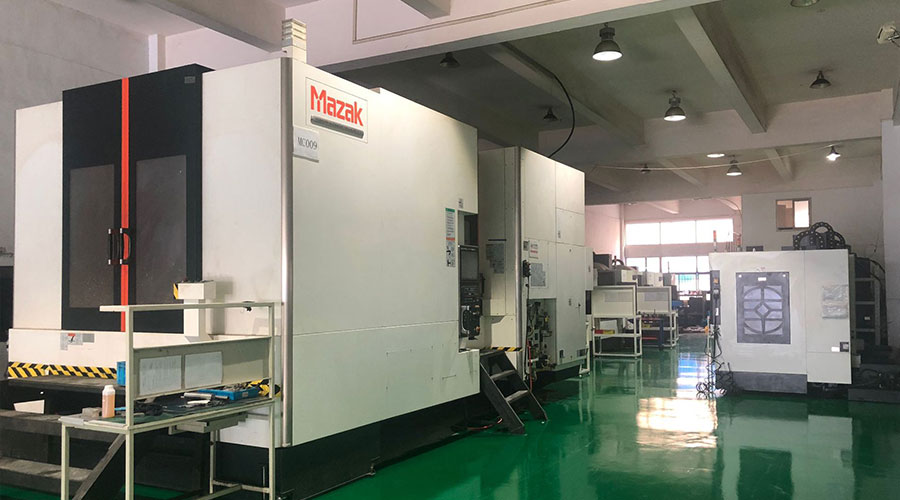 3, 4 and 5-axis precision CNC machining services for aluminum machining, beryllium, carbon steel, magnesium, titanium machining, Inconel, platinum, superalloy, acetal, polycarbonate, fiberglass, graphite and wood. Capable of machining parts up to 98 in. turning dia. and +/-0.001 in. straightness tolerance. Processes include milling, turning, drilling, boring, threading, tapping, forming, knurling, counterboring, countersinking, reaming and laser cutting. Secondary services such as assembly, centerless grinding, heat treating, plating and welding. Prototype and low to high volume production offered with maximum 50,000 units. Suitable for fluid power, pneumatics, hydraulics and valve applications. Serves the aerospace, aircraft, military, medical and defense industries.PTJ will strategize with you to provide the most cost-effective services to help you reach your target,Welcome to Contact us ( sales@pintejin.com ) directly for your new project.
3, 4 and 5-axis precision CNC machining services for aluminum machining, beryllium, carbon steel, magnesium, titanium machining, Inconel, platinum, superalloy, acetal, polycarbonate, fiberglass, graphite and wood. Capable of machining parts up to 98 in. turning dia. and +/-0.001 in. straightness tolerance. Processes include milling, turning, drilling, boring, threading, tapping, forming, knurling, counterboring, countersinking, reaming and laser cutting. Secondary services such as assembly, centerless grinding, heat treating, plating and welding. Prototype and low to high volume production offered with maximum 50,000 units. Suitable for fluid power, pneumatics, hydraulics and valve applications. Serves the aerospace, aircraft, military, medical and defense industries.PTJ will strategize with you to provide the most cost-effective services to help you reach your target,Welcome to Contact us ( sales@pintejin.com ) directly for your new project.
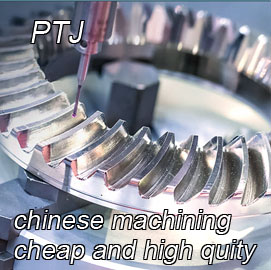
- 5 Axis Machining
- Cnc Milling
- Cnc Turning
- Machining Industries
- Machining Process
- Surface Treatment
- Metal Machining
- Plastic Machining
- Powder Metallurgy Mold
- Die Casting
- Parts Gallery
- Auto Metal Parts
- Machinery Parts
- LED Heatsink
- Building Parts
- Mobile Parts
- Medical Parts
- Electronic Parts
- Tailored Machining
- Bicycle Parts
- Aluminum Machining
- Titanium Machining
- Stainless Steel Machining
- Copper Machining
- Brass Machining
- Super Alloy Machining
- Peek Machining
- UHMW Machining
- Unilate Machining
- PA6 Machining
- PPS Machining
- Teflon Machining
- Inconel Machining
- Tool Steel Machining
- More Material

